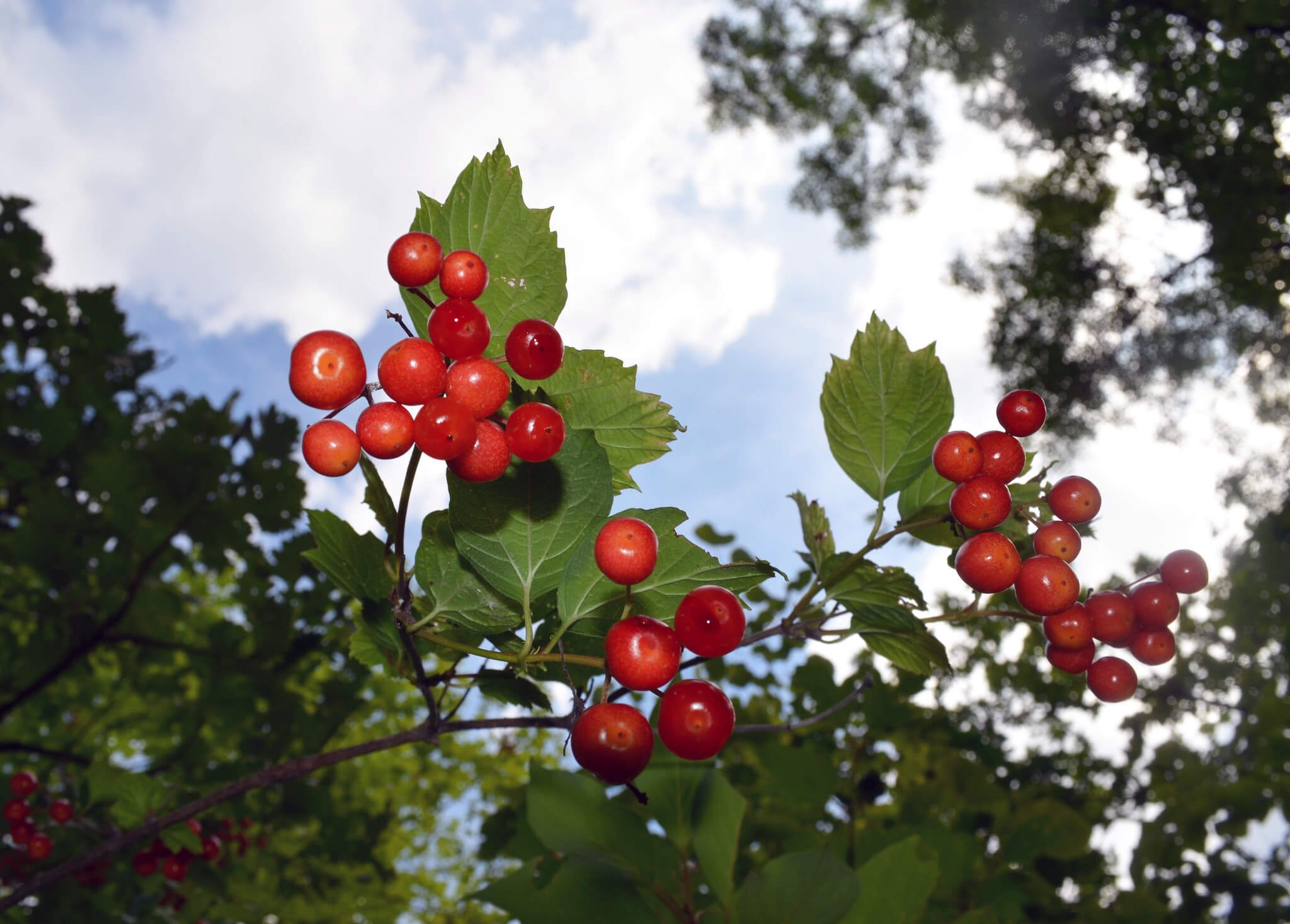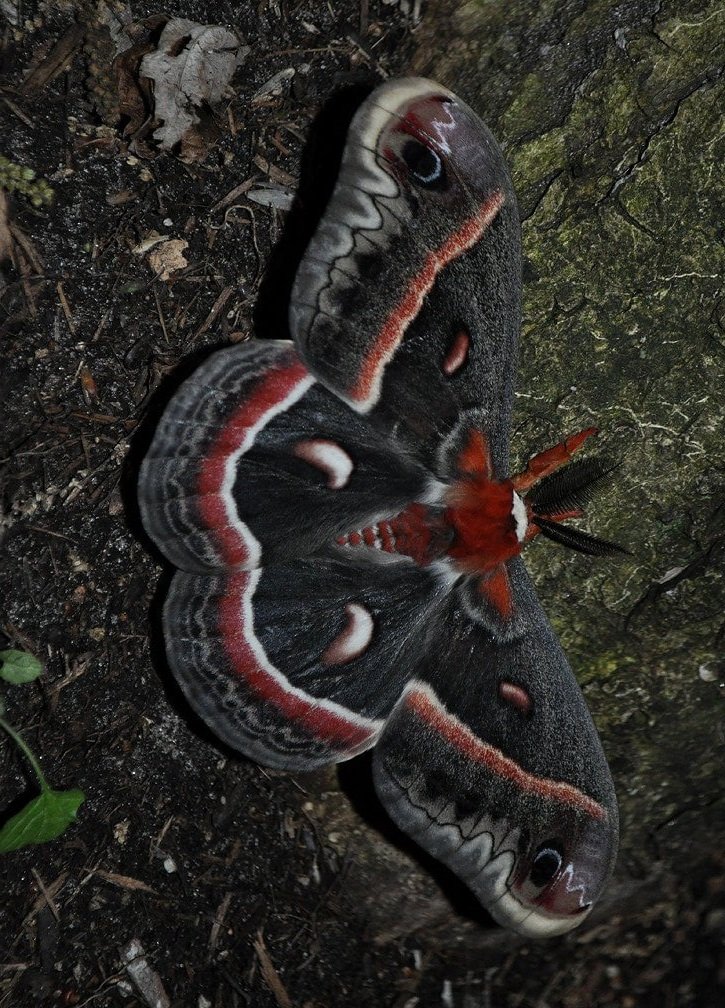 Image 1 of 1
Image 1 of 1


American Slough Grass (Beckmannia syzigachne)
American Slough Grass, while rare in Michigan, is often a significant and dominant species of wetlands in other areas of its range. It is considered a valuable wetland forage species and is known to be an important food source for waterfowl (mnfi.anr.msu.edu). American Slough Grass is considered imperiled in Michigan, so while you may not be preserving the plant that was once here, you are creating habitat for all of the species that may need it for survival (mnfi.anr.msu.edu). I was unable to find any more information on the floral-faunal interactions for this plant. This grass is an annual, but will self-seed.
Photo credit: Jason Hollinger
American Slough Grass, while rare in Michigan, is often a significant and dominant species of wetlands in other areas of its range. It is considered a valuable wetland forage species and is known to be an important food source for waterfowl (mnfi.anr.msu.edu). American Slough Grass is considered imperiled in Michigan, so while you may not be preserving the plant that was once here, you are creating habitat for all of the species that may need it for survival (mnfi.anr.msu.edu). I was unable to find any more information on the floral-faunal interactions for this plant. This grass is an annual, but will self-seed.
Photo credit: Jason Hollinger
Life Cycle: Annual
Sun Exposure: Full
Soil Moisture: Wet—Med/wet
Height: 2 feet
Plant Spacing: 1.5-2 feet
Bloom Time: June-August
Bloom Color:
Advantages: Bird Favorite
Host: No information available
Species of Concern: State Status: Threatened (legally protected), State Rank: Imperiled ((mnfi.anr.msu.edu)








